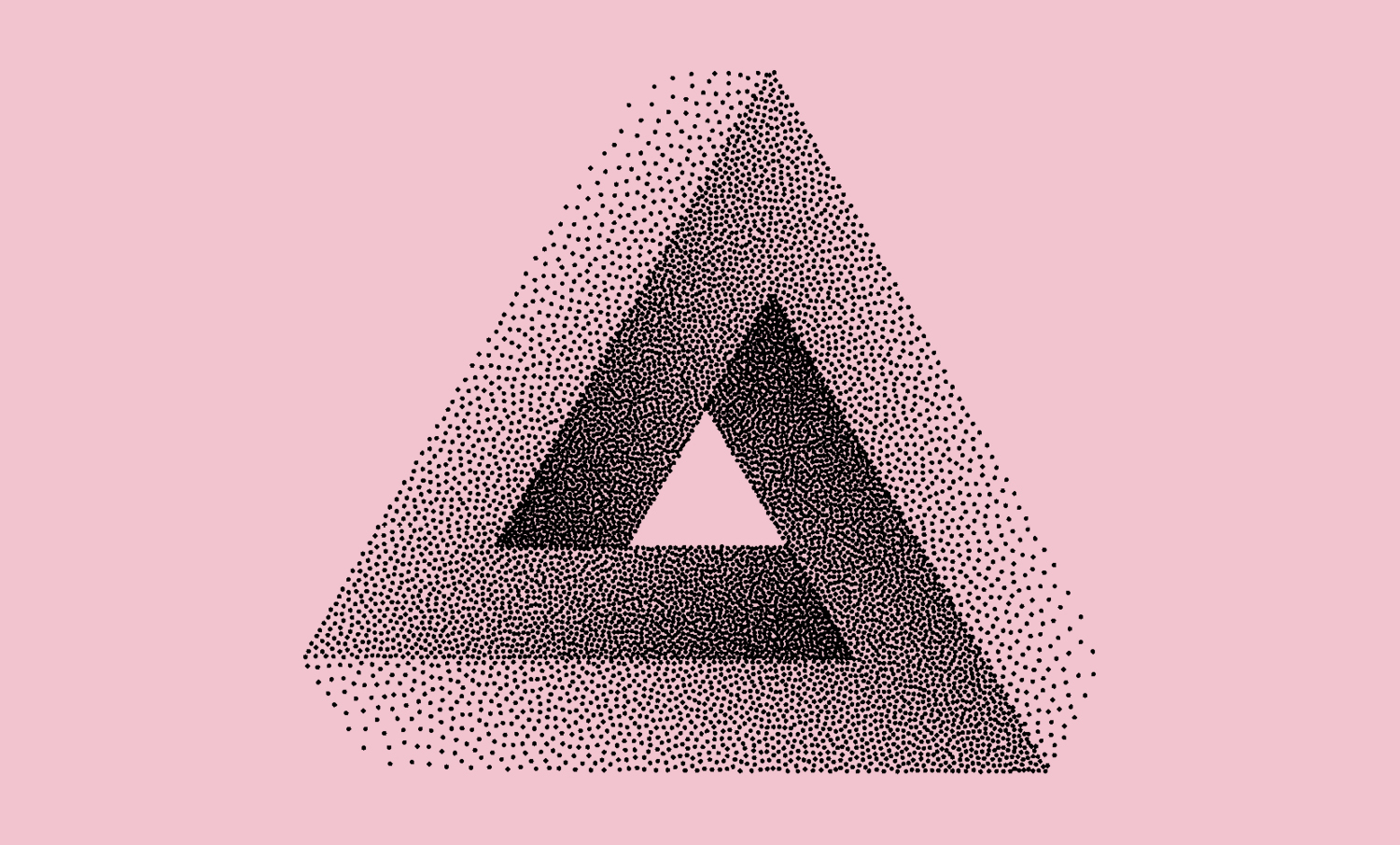Author: Paolo Lucchetta
Language: Italian/English

In recent years, the disciplinary territory between Architecture and Design – that of Interior Architecture – has taken on an increasingly important role in the regeneration of individual and collective built environments. Internal space is a “constructed matter” and relating with it no longer means relating with a void, but rather becoming part of a complex body.
Interior Architecture is able to activate the public and private spaces of the contemporary city: it is the tool that gives soul and meaning to both physical and mental spaces, within which quality of life is defined.Delineating the assessment of quality criteria, such as climate, quality of Architecture, public transportation, tolerance, security, environmental issues, landscape conservation, international connectivity, urban Design, the conditions of commercial development, access to goods and services, culture and instruction are fundamental.¹
“The growing magnitude of road, railroad and air networks overturns conceptions of city planning and the city, whose importance is measured on the speed with which it ensures access to different means of circulation and their interconnections. Likewise, the growing role of different means of communication, inclusive of television and the Internet, thrusts public life, extended across the globe, into the heart of domestic space.These changes can be conceived as signs of a new world in gestation; a world, for the first time in the history of mankind, that simultaneously and contemporaneously spans the planet.”²
“Hence, we realize that new challenges are being posed to Urbanists and Architects. Increasingly, the most frequented public spaces, where social life is learned in an often-unruly manner, are increasingly spaces of consumerism, from hypermarkets to all kinds of transport stations.It is necessary that attention to social ties and to aesthetics converge in these spaces, that the learning of the social and the beautiful occur simultaneously. This requires a minimum of public education for which all political regimes across all eras have striven through the raising of temples, cathedrals and castles. In our slow march towards that which one day will be a global society, we should not lose sight of the aesthetics of department stores and airports, of stadiums and highways, of viaducts and skyscrapers destined for offices: the civic life of tomorrow largely depends on these.”²
“Shopping is without a doubt the last remaining form of public activity. Through a series of increasingly predatory forms, it has infiltrated, colonized and even replaced almost every aspect of urban life. City centres, suburbs, streets and now airports, stations, museums, hospitals, schools, the Internet and military spaces are shaped by the mechanisms and spaces of Shopping.
The voracity with which it pursues public space has, in fact, made it one of the main, if not only, modalities through which we experience the city. This Master explores the spaces, people, techniques, ideologies and inventions by which Shopping has so dramatically redefined the city. The beginning of the twenty-first century will perhaps be remembered as the moment when the city could no longer be conceived without Shopping.”³
“In Italy, there is an infinitely large world parallel to that of institutional Design, an invisible non-orthodox Design, whose creator-producers and products are of considerable social and anthropological importance and perhaps more deeply connected with people than their counterparts in the realm of traditional Design. Useful and useless products. Spanning the entire world of goods and all the souls of common things, from the humble to the luxurious, this widespread set of objects is intimately connected with people’s lives – real, normal and affective –, conjoining triviality, expression and piety, operating on the range of all of life’s needs, desires and hypotheses, and on the very changing of life.
It is an idea of change that comes from the masses, through the need for magic.
The theoretical, technical and craft scenarios in which this network operates present models of transformation of methods and product innovations that are highly sensitive to radical ways of rethinking objects and their market.
We are in the midst of momentous changes brought on by the various brutalities and crises, including that of values, which finds every person reexamining his or her own place in society and re-elaborating their fetishes.
It is hypothesized that precisely from this nebulous productivity, operating from tradition to innovation, a more expanded and varied proposal can emerge, one that concerns image, ethics and aware use of behaviours.
This hypothesis shifts the vantage point, provoking imbalances, yet it is fertile in emotion and spectacularity.
Objects that breathe and narrate our memories, in a social and objectual situation.
They breathe for their designer and their manufacturer. Not only do they speak to their users, they correspond with them. We ourselves are our things. We are things among things. And so, which things are we?”⁴
Paolo Lucchetta
① Tyler Brûlé, The Monocle Guide to Better Living, Die Gestalten Verlag, 2013.
② Marc Augé, Estia ed Ermes, Domus 900.
③ Rem Koolhaas in Francesco Dal Co, Rem Koolhaas, Elisabetta Molteni, Il Fondaco dei Tedeschi, Venezia, OMA. Il restauro e il riuso di un monumento veneziano, Mondadori Electa, 2016.
④ Alessandro Mendini, Quali cose siamo, Triennale, Milano.

